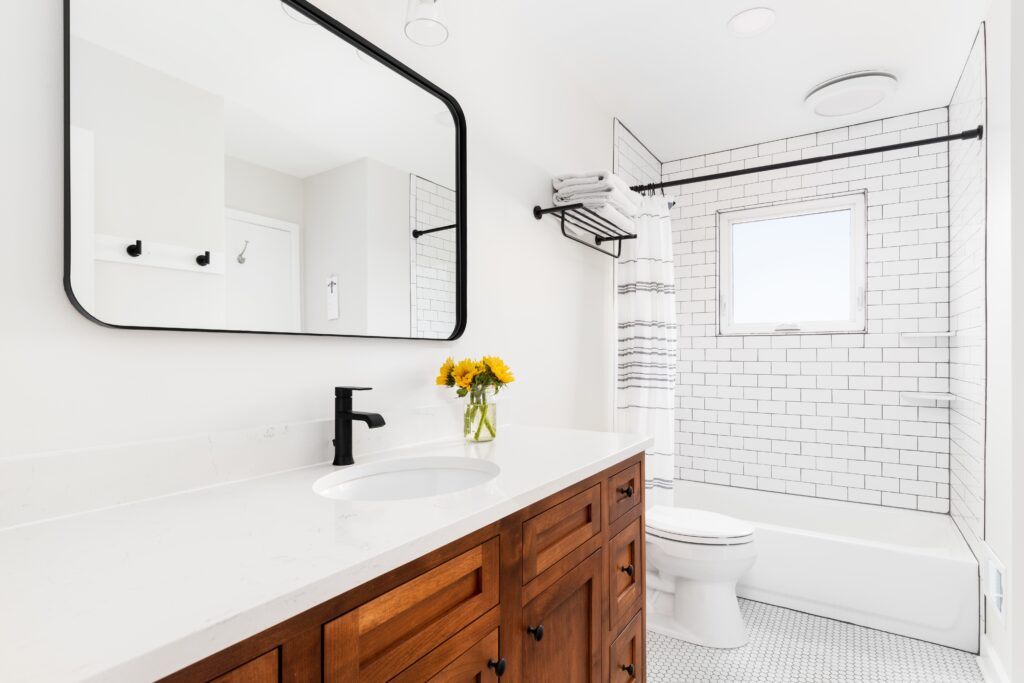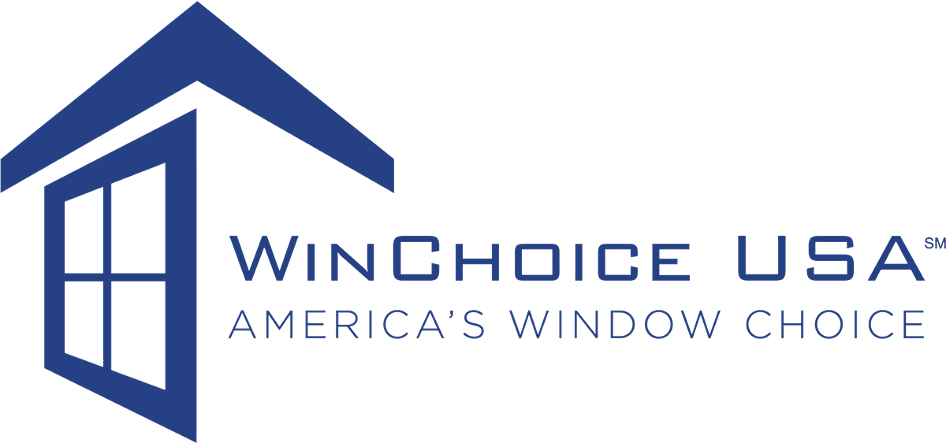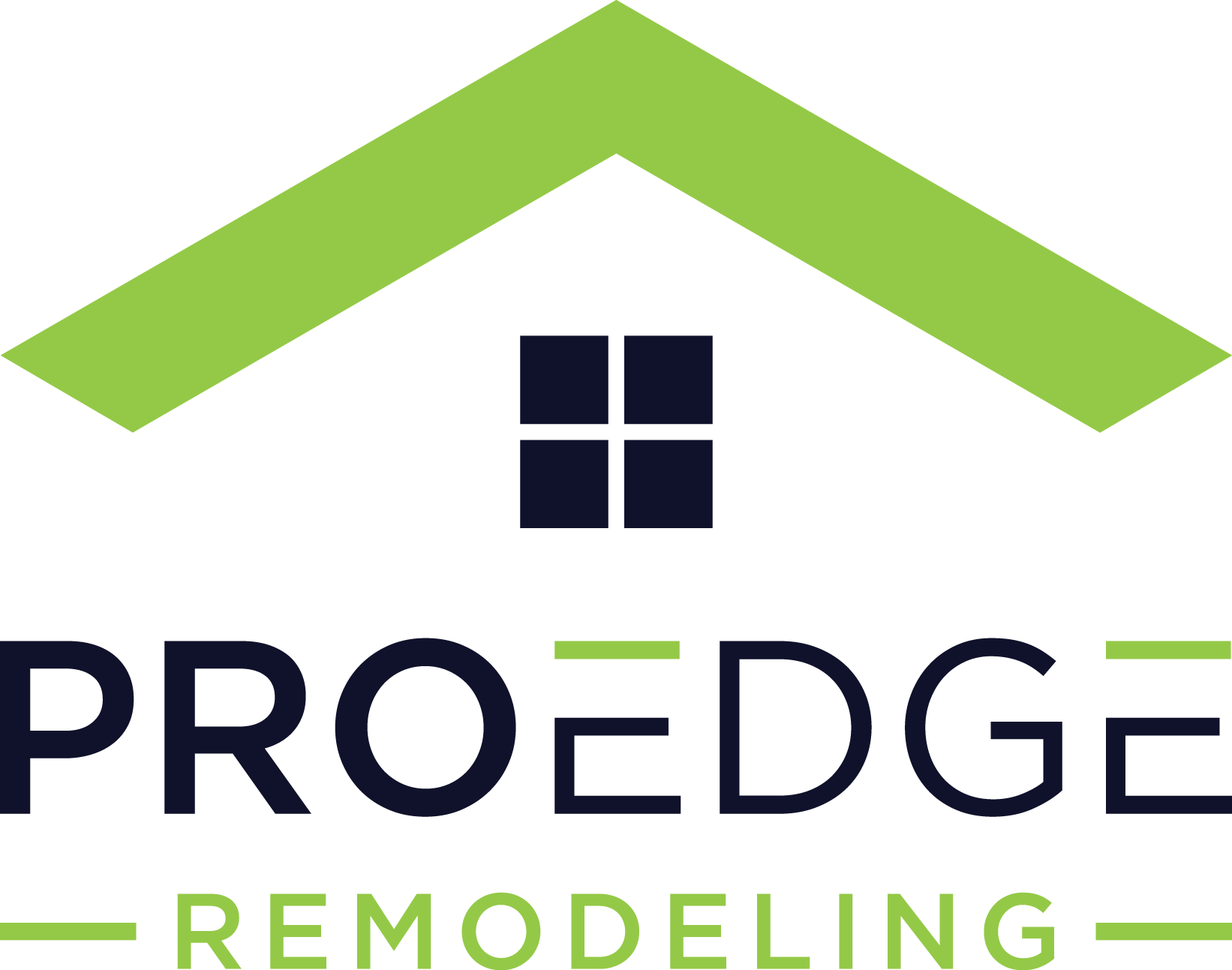Are There Really Free Bathroom Remodels? Understanding Financial Assistance for Bath Remodeling: A Guide to Government Help and Grants

Renovating an outdated or inefficient bathroom can significantly improve your home’s comfort, functionality, and value. However, the cost of a bathroom remodel can be substantial. Fortunately, various financial assistance programs exist to help homeowners offset these costs, including government grants and home improvement loan programs.
This guide explores available options, including grants for seniors, and provides advice on finding assistance for bathroom remodeling projects.
Table of Contents
- Government Assistance for Bathroom Remodeling
- Government Grants for Home Repairs
- “Free” Bathroom Remodeling Programs
- Accessibility and Energy Efficiency Grants
- Special Focus on Seniors Seeking Assistance
- The Reality of “Free” Bathroom Remodeling for Seniors
- How to Apply for Government Assistance for Bathroom Remodeling
- Final Recommendations: Understanding Financial Assistance Limitations
Government Assistance for Bathroom Remodeling
Many homeowners are unaware that government programs may assist with bathroom remodeling costs. These programs often come in the form of loans, grants, or subsidies designed to help low- and moderate-income homeowners make necessary home improvements.
Some financial aid may cover aspects of bathroom remodeling, such as accessibility upgrades, plumbing repairs, or replacing old fixtures. Assistance programs often prioritize energy efficiency, safety, or essential structural repairs, making them a potential resource for those needing bathroom renovations.
Government Grants for Home Repairs
Government grants for home repairs are typically intended to improve safety and livability. These grants may cover specific needs within a bathroom remodel, such as upgrading plumbing, adding accessibility features like grab bars, or addressing water damage.
Programs such as the USDA’s Rural Development Section 504 Home Repair Program offer grants and loans to low-income homeowners, particularly seniors, to make critical repairs and improvements. Local government offices are an excellent starting point for identifying grants that fit your needs.
“Free” Bathroom Remodeling Programs
While the idea of a “free bathroom remodel” is appealing, it’s important to recognize that assistance programs often come with strict eligibility requirements and limited funding. Many programs aim to reduce costs rather than cover them entirely. Some grants, subsidies, and loans can be combined to alleviate as much cost to the consumer as possible.
For example, homeowners may qualify for assistance with specific aspects of a remodel, such as installing water-saving fixtures, improving accessibility for seniors or individuals with disabilities, or repairing water-damaged areas.
Accessibility and Energy Efficiency Grants
Bathroom upgrades that enhance accessibility or energy efficiency may qualify for grants or subsidies. These programs, often offered by federal, state, or local governments, focus on improving the safety and sustainability of homes.
Examples include installing low-flow toilets, water-efficient showerheads, or walk-in tubs for seniors and individuals with mobility challenges. These upgrades can make bathrooms safer and more efficient while reducing utility costs.
Special Focus on Seniors Seeking Assistance
Seniors often face unique financial challenges, making it difficult to afford essential home improvements. Fortunately, some grants are specifically designed to help older homeowners remodel their bathrooms to improve safety and accessibility.
Low-Income Energy Assistance Program (LIHEAP)
Although LIHEAP primarily focuses on energy efficiency, it may offer assistance for water-efficient fixtures as part of broader home improvements.
Weatherization Assistance Program (WAP)
The U.S. Department of Energy’s WAP helps low-income households make energy-efficient upgrades, which can sometimes include bathroom improvements related to water efficiency or structural repairs.
Grants for Accessibility Modifications
Programs such as the U.S. Department of Housing and Urban Development (HUD) may offer assistance for installing grab bars, widening doorways, or adding walk-in showers to improve accessibility for seniors and individuals with disabilities.
The Reality of “Free” Bathroom Remodeling for Seniors
While programs exist to help seniors with bathroom remodeling costs, securing enough funding to cover the entire remodel is rare. Eligibility requirements often consider income, home condition, and the homeowner’s age. Seniors should explore local resources, such as the Area Agency on Aging, for additional support and guidance.
How to Apply for Government Assistance for Bathroom Remodeling
If you’re considering a bathroom remodel, especially for accessibility, energy efficiency, or safety, here are steps to explore financial assistance:
- Check Local Programs: Start by researching resources through your local government. Cities and counties may offer grants or loans for home repairs, including bathroom remodeling.
- Consult State and Federal Resources: State and federal programs, such as those offered by HUD or USDA, often include funding for bathroom improvements.
- Understand Terms and Conditions: Be sure to read the fine print of any grant or loan program to understand repayment obligations and eligibility requirements.
- Seek Professional Advice: Housing counselors or home improvement specialists can help identify programs and guide you through the application process.
Final Recommendations: Understanding Financial Assistance Limitations
While financial assistance can reduce the cost of a bathroom remodel, nothing is free. Assistance programs are often limited in funding and scope. Homeowners should research thoroughly, manage expectations, and seek professional advice to maximize available opportunities.
For the most accurate and up-to-date information, reach out to local and regional government offices directly. Financial assistance for bathroom remodeling can make a significant difference, but patience, persistence, and a clear understanding of the process are essential.
Additional Bathroom Remodel Resources
- 2025 Bathroom Remodel Trends
- 2025 Bathroom Remodel Cost Guide
- How to Create an Energy Efficient Bathroom

Anna has over six years of experience in the home services and journalism industries and serves as the Content Manager at MyHomePros.com, specializing in making complex home improvement topics like HVAC, roofing, and plumbing accessible to all. With a bachelor’s degree in journalism from Auburn University, she excels in crafting localized, comprehensive guides that cater to homeowners’ unique needs. Living on both coasts of the United States has equipped her with a distinctive perspective, fueling her passion for turning any house into a cherished home through informed, personalized decision-making.
Connect with top-rated local contractors who can help you with siding, roofing, HVAC, windows, and more. Get free quotes from verified professionals in your area today.








